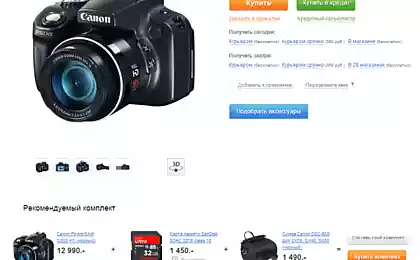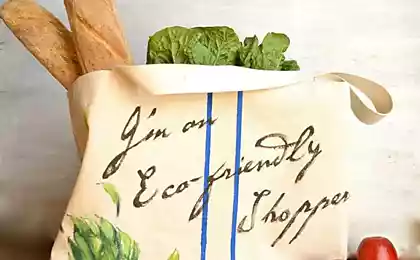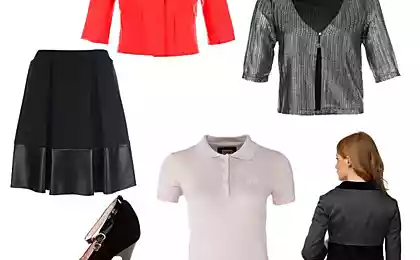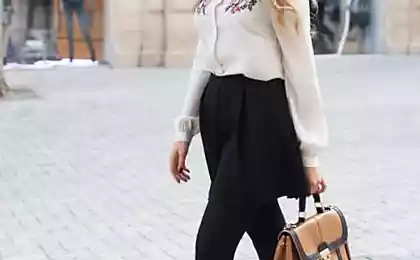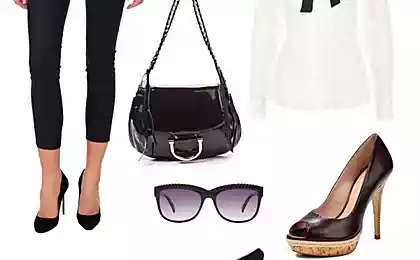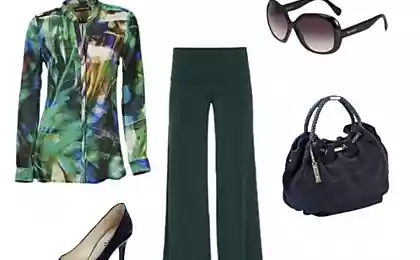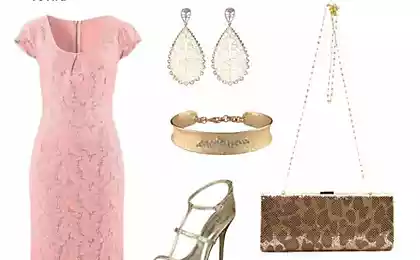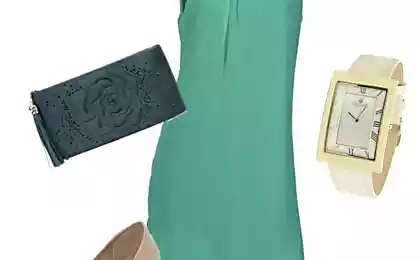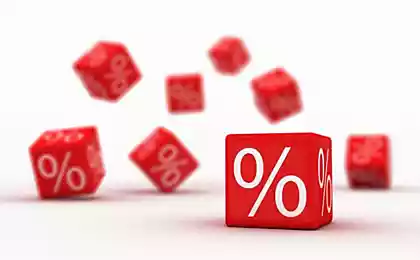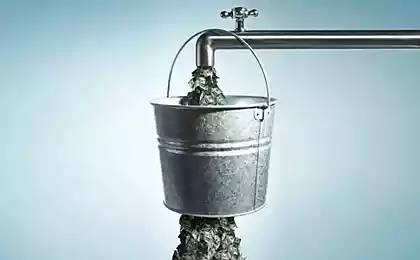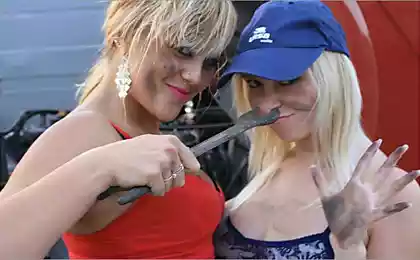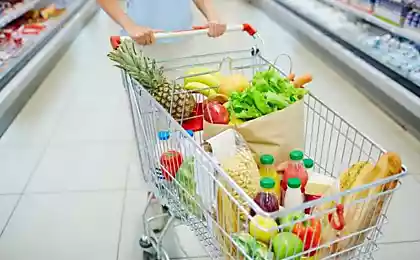1369
As products coded

Pick up any glossy magazine, mobile phone, a tube of toothpaste - everywhere there is a bar code. In general, the impression is that the bar codes are today on everything from strawberry candies to railway sleepers. But have you ever where they came from?
His appearance barcodes must constantly increasing need for humanity to at least some of cataloging and some registered products. Millions of different goods intended for completely different areas of our lives very difficult to take into account manually or automatically identify the packaging - in fact there is no standard package - it can be any shape, but the name can be written in any of the fonts from any angle.
In the postwar years, the problem of labeling the goods for its automatic accounting rose particularly sharply. In 1948 Bernard Silver (Bernard Silver), a graduate student Philadelphia Drexel University (Drexel University), learned that the president of the local Food Network Food Fair asked one of the deans to develop a system that automatically reads the information about the product in its control. Silver told this to his friend Norman Joseph Woodland (Norman Joseph Woodland), then comrades have started "brainstorming", trying to understand what kind of marking a better choice.
Their first working system has become a mark on the basis of UV inks, which eventually wore out and were quite expensive for use on the packaging of cheap goods.
Confident that the system will be further developed when fully operational, Woodland left Drexel University and continued his studies in the apartment of his father in Florida. The inspiration for the development of the first version of the technology, similar to the widely used today barcodes became Morse code.
Describes the emergence of the idea itself Woodland, to draw the world's first barcode wand in the sand: "I was sitting on the beach and thought about his project. Then I came up with the idea of Morse code. I just sprained alternating dots and dashes to alternating narrow and wide lines. " To read this code, scientists used optical technology play a track, then apply a cinema projectors - the first scanner consisted of a 500-watt incandescent lamp, translucent sheet of paper on a photomultiplier tube RCA935 (all from the same film projector).
Later, the inventor realized that strokes are recognized better if they print in the form of circles (in the manner of the target) - so you can get rid of the problems with the positioning of the sample while reading - the circle will be read at any inclination.
20 October 1949 Woodland and Silver began the process of patenting his invention - patent described as "linear" and "circular" patterns, and along with mechanics and electronic devices capable of reading these codes. The patent was issued October 7, 1952 (US Patent 2, 612, 994).

In 1951, Woodland went to IBM and tried to interest his idea of a corporation, to those allocated money for further development. Ultimately, IBM concocted report on bar codes, which concluded that the technology really bring to life, and it is quite interesting, but the treatment received from the bar code information will require hardware and software systems, which on that day did not exist.
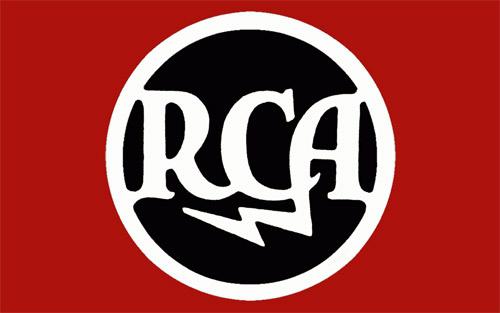
In 1952, the company acquires from Philco inventors patents for bar codes, and then (in the same year) sells their corporation RCA. In 1963, Silver dies in a car accident. However, the story of the invention, of course, does not end ...
Collins and his KarTrak
While still a student, David Collins worked in a company of the Pennsylvania Railroad, and it was then that he became interested in the problem of automatic identification of trains at stations.
Immediately upon receipt of a scientific degree at MIT (1959), he took a job at the company GTE Sylvania, where he began developing the technology to mark trains.
Soon, scientists have managed to create a system called KarTrak, use blue, red, black and white touches that reflect the light and placed on the side of the train. These strokes coded six-digit ID of the company that owns the train and the individual four-digit number of the machine. Light reflected from colored stripes, got two photomultiplier, each of which recognizes a different color.

KarTrak system has been successfully tested on the railways of the state of Maine and the city of Boston as early as 1961. Tests were carried out until 1967, after which the American Railway Association (AAR) to make the technology standard. Success?
Setting the bar code on each of American trains began in October 1967. However, due to the high cost of maintenance, coupled with unfavorable economic climate prevailing in the early 1970s, the campaign labeling has been frozen. And, despite the fact that by 1974 95% of the fleet of trains has been "tagged" strokes system considered ineffective - it is easy to fail in contact with touches of dirt (which in the world of railways is inevitable), and service scanners, in which Xenon headlight used to be very expensive.
Railway Association finally abandoned practical realization of ideas in the late 1970s, until it was realized in a different way in the mid-1980s. However, this time, the information is not stored in bar codes and radio tags.
The railway project failed, but a strong need for technology remained. Toll bridge in New Jersey, was in need of such a system for rapid reading of codes of cars whose owners bought the "monthly pass". Also in the development of a universal labeling needed US Post Office (to account for trucks with correspondence, enter and leave the building offices). For these needs required the development of special retroreflector.
Around the same time, Kal Kan (so called in those days, the company Whiskas) asked to come up with a simple command Sylvania (and cheaper) version of the bar code to account for the goods. From that moment grocery industry is not interested in stopping technology barcodes.
Computer Identics Corporation
In 1967, nurturing the idea of the identification of trains, we are already familiar Collins went to the leadership of Sylvania and proposed to develop a black and white version of the barcode, which can be applied in other areas, not just for marking railroad compositions. Leadership rejected the idea, thinking that the current project are enough, and should not be heavily sprayed.

Soon Collins retired from Sylvania and formed his own company Computer Identics Corporation. Its first steps "startup" began with a helium-neon lasers, replacing incandescent bulbs scanners. The new design allows you to scan bar codes from a distance (up to one to two meters) and made the process of reading easier and more reliable (is possible to scan even damaged labeling using them undamaged areas).
Computer Identics Corporation has established one of its first two scanners in one of the factories of General Motors («Buick") in Flint (Michigan) in the spring of 1969. The system was designed to identify the types of transmissions moving on the conveyor belt.
The second scanner was installed in a distribution center General Trading Company in Carlsbad (New Jersey) and was intended to regulate shipments of containers with the product.
Universal barcode
In 1966, the National Association of grocery store chains (NAFC) discussed at a meeting of the idea of automatic registration of goods. RCA, which has "settled" patents on the original design and Woodland whose representatives attended the meeting, suggested to initiate the development of an improved internal system "misheneobraznymi" labels. Network Kroger grocery voluntarily agreed to test the system in action RCA.
In the mid-1970s, the association organized a special committee NAFC US Supermarket Ad Hoc Committee, governed by the Uniform Code for grocery goods in grocery stores. Standards have been developed (so-called "guideline"), describes the principles of this code. That is already started work on the standardization of technology.
As a result, together with the consulting firm McKinsey & Co., the committee developed a standardized 11-tsiferny code that could help instantly identify almost any product. The next thing Committee announced a tender for the development of the visual appearance of the bar code systems for their printing and reading. Requests were sent to Singer, National Cash Register (NCR), Litton Industries, RCA, Pitney-Bowes, IBM and many other companies. It was considered a variety of options, including linear bar codes, codes of RCA concentric circles, patterns in the style of "sun" (rays emanating from a point) and so on.
In the spring of 1971 at one of the exhibitions, RCA demonstrated its "misheneobrazny" bar code. Top managers of IBM, noticed a big queue of people at the exhibition hall RCA, immediately decided to come up with their own system. Marketing Specialist, IBM, Yablonover Alec (Alec Jablonover) remembered the existence of the author barcode - Joseph Woodland, which IBM has made further leading developer of software in the new research center in North Carolina.
In July 1972, RCA scheduled start testing your code in one of the Kroger grocery store in Cincinnati. Bar codes printed on small paper labels and glued to the product manual, store employees when they hung price tags.
When testing round code was revealed a serious problem - ink smears and "misheneobrazny" barcode scanner become completely unreadable. Linear code developed by Woodland for IBM, on the other hand - remain legible even when the ink smearing. As a rule, though a small section was not "blurred", and the scanner "catchy" this piece of code, successfully recognizing it.
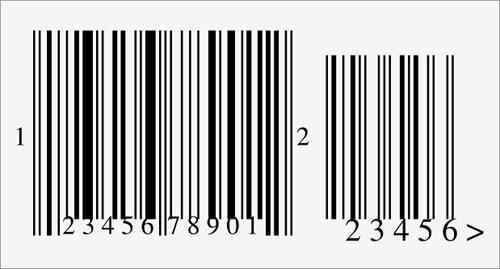
As a result, April 3, 1973, NAFC has announced that the tender was won by IBM and its bar code becomes the standard. IBM has developed five different versions of UPC for various requirements of different industries: UPC A, B, C, D and E.

NCR has set up a test system in Marsh's Supermarket in Ohio, right next to the factory, which produces equipment. June 26, 1974, Clyde Dawson pulled out of its packaging baskets gum Wrigley's Juicy Fruit, and gave it to the seller Sharon Buchanan (Sharon Buchanan) who promptly at 8:01 am with this scan the packaging of its unique barcode. So was first used standard today UPC in retail trade.
©
